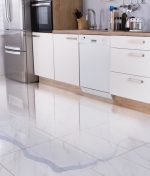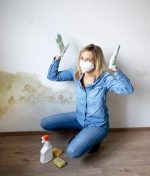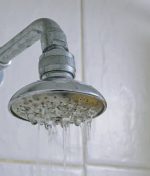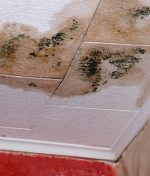What Are the Most Common Areas in Your Home Prone to Mold Growth?
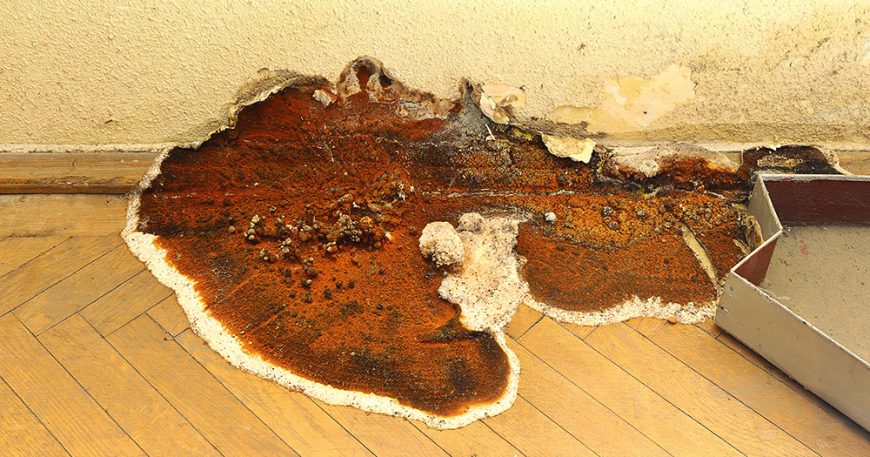
- July 3, 2025
- byadmin
- Mold Remediation
Mold is more than just an unsightly problem—it can threaten the health of your family and compromise the structural integrity of your home. Understanding where mold is most likely to grow can help homeowners take proactive steps to prevent it before it becomes a serious issue. Certain areas in your home provide the perfect environment for mold to thrive: moisture, warmth, and organic material.
Here are the most common areas in your home that are prone to mold growth—and what to watch for.
1. Bathrooms
Bathrooms are a prime location for mold, thanks to constant humidity from showers, sinks, and toilets. Without proper ventilation, moisture lingers on surfaces, leading to mold buildup.
Where to check:- Under sinks and around plumbing
- Grout and caulk lines
- Shower walls and ceilings
- Behind the toilet
- Bathroom exhaust fans and vents
Improper sealing or old caulk can also create micro-spaces where moisture gets trapped and allows mold colonies to form.
2. Basements
Basements often lack proper ventilation and can become damp, especially if they’re not waterproofed. Leaks from foundations or groundwater seepage create a humid environment—ideal for mold growth.
Where to check:- Near sump pumps and drains
- Around foundation cracks
- Behind stored boxes or furniture placed against exterior walls
- Unfinished walls or ceilings
Even a small leak or slow moisture accumulation in the basement can lead to widespread mold issues if ignored.
3. Kitchens
Your kitchen is another moisture-rich environment with multiple water sources. Mold often grows unnoticed behind appliances and under cabinets.
Where to check:- Under the sink and around plumbing fixtures
- Behind the refrigerator (especially near the water line)
- Around dishwashers
- Garbage disposal units
- Inside cabinets that trap heat and moisture
Condensation from cooking or steam that isn’t vented properly can also contribute to hidden mold formation.
4. Laundry Rooms
Washers, dryers, and utility sinks can create damp conditions. Combined with warmth and poor airflow, laundry rooms are a common place for mold to take hold.
Where to check:- Around washer water supply lines and drain hoses
- Underneath the washer and dryer
- Behind appliances where airflow is restricted
- In dryer vents if not cleaned regularly
Overflows or unnoticed leaks can easily go undetected until a musty odor begins to form.
5. Attics
Many homeowners forget about their attics until there’s a problem. Attics can be breeding grounds for mold due to poor insulation, roof leaks, or blocked ventilation.
Where to check:- Around roof decking and rafters
- Near vents and chimneys
- On insulation and plywood
- Corners and eaves where moisture can build up
If your roof has had a leak—even a small one—your attic should be checked for mold.
6. Windows and Window Sills
Condensation on windows, especially in colder seasons, can accumulate and cause mold to grow on window sills or inside frames.
Where to check:- Corners of window sills
- Inside window tracks and frames
- Between panes on older or damaged windows
Even routine cleaning won’t solve the issue if moisture keeps returning due to poor insulation or humidity control.
7. HVAC Systems
Heating, ventilation, and air conditioning systems can circulate mold spores throughout the home. If mold grows inside ducts or around air handlers, it can impact your indoor air quality.
Where to check:- Inside air ducts
- Around condenser or evaporator coils
- On air vents and registers
- Near drip pans or drainage lines
If your system smells musty when it kicks on, that’s a major sign of mold inside your HVAC system.
8. Behind Walls and Ceilings
Mold doesn’t always grow where it’s visible. Water leaks from plumbing lines, roof damage, or high humidity can lead to mold growth behind drywall and ceiling panels.
Where to check (or monitor for signs):- Stains or discoloration on walls or ceilings
- Bubbling or peeling paint
- Warped surfaces
- A persistent musty smell
Once mold takes hold behind walls, it often requires professional remediation to completely remove it and prevent recurrence.
9. Closets
Closets are small, enclosed spaces that trap humidity—especially when placed against exterior walls or located near bathrooms.
Where to check:- Behind clothes and stored boxes
- On walls or shelving
- In corners of closet floors
Adding ventilation and keeping closets clutter-free can help reduce moisture buildup.
How we can help
At RAMM Water Restoration, we understand how stressful mold problems can be. That’s why we approach every home with genuine care and compassion—treating your space like it’s our own. We take the time to assess every corner of your property and use industry-leading tools to detect both visible and hidden mold. Whether it’s in your bathroom, attic, or behind walls, we’ll help eliminate the source and restore your home to a safe and healthy state.
As San Diego’s trusted name in flood damage restoration and mold remediation, we’re not just experts—we’re your partners through the entire recovery process. If you suspect mold growth or water damage in your home, don’t wait. Contact RAMM Water Restoration today for a thorough inspection and peace of mind.


